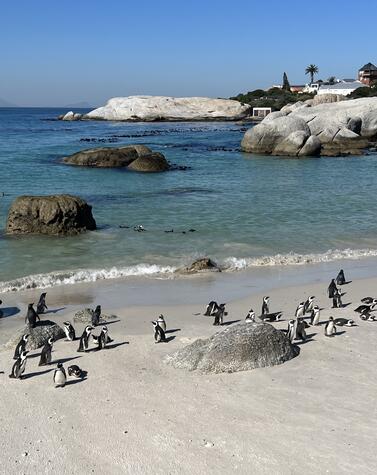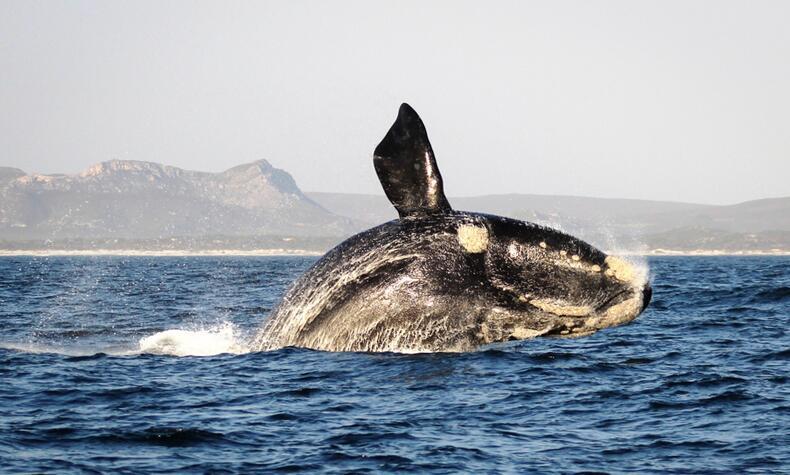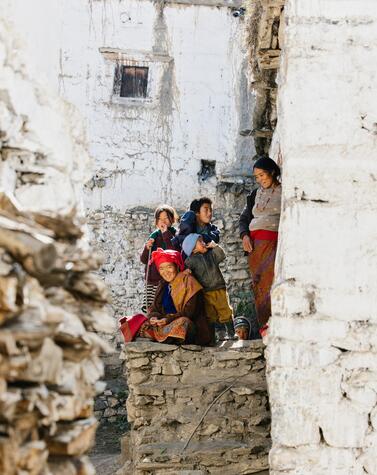Le Grand Tour, an initiation journey through Italy
"We are all pilgrims in search of Italy". This phrase is part of a poem by the German writer Johann Wolfgang von Goethe that he wrote two years after the trip that took him through Italian lands between 1786 and 1788, that he would capture in his famous work "Journey to Italy".
In the late eighteenth century, for the young men of the European nobility, especially the British, Italy was the protagonist of an initiatory journey known as Le Grand Tour.
The beginnings of the custom of making this trip among the European upper classes date back to the eighteenth century and remained in vogue until the mid-nineteenth century when the popularization of the railroad gave way to what we might call the mass tourism of the time.


To travel to Italy was to travel to a culture very different from the Anglo-Saxon one, a way of getting to know first-hand the classical and Renaissance art and enjoy a country with more relaxed customs than the Protestant England of the time.
The trip could last several months or years depending on the budget and the most common route started in the north, in cities like Turin, Milan, or Venice. Then Florence and Rome were a must, as well as Naples and the ruins of Pompeii. The journey either ended here or was extended to Sicily. The return journey was usually by ship from the ports of Livorno or Genoa, or overland across the Alps and through Switzerland and France.

The Grand Tour travelers were young people of about 21 years old who were leaving home for the first time. It was customary for them to be accompanied by someone older and trusted. This was intended to curb their possible excesses and to control their instruction during the trip.
Visiting archaeological sites of the Greeks and Romans, great Gothic cathedrals, palaces full of Renaissance works of art, and neoclassical buildings were the main attractions of this initiatory journey to the cradle of culture in the West.
On their return home, some of the protagonists of the Grand Tour described, in novels and poems and in great detail, their routes, visits, and works of art that they discovered in the different cities of Italy. Many of those writings would serve today as authentic travel guides.
In addition, their trunks returned loaded with art objects and pieces of great historical value, which they collected during their visits to archaeological remains and temples. Today, they would be known as "tourist souvenirs" which at that time were used to decorate the interior of mansions or form part of important museum collections such as the British Museum.
- The cathedral of Santa Maria del Fiore or Duomo was the symbol of Florence's wealth between the 13th and 14th centuries. —
- The Roman custom of building a fountain at the end of the aqueduct that brought water to the city was restored during the Renaissance. —
- A symbol of the power of the Roman Empire, 700,000 tons of stone were used in the construction of the Colosseum and its inauguration was celebrated with games that lasted 100 days. —
- Sicily is home to some of the world's best-preserved Greek temples.
In addition, at a time when the motives for travel were mainly commercial or work-related, the Grand Tour was the forerunner of the concept of what we know today as leisure travel.
Strolling through unknown cities, admiring works of art, enjoying the landscapes, climate, and gastronomy of the place, or meeting the local community, were already the main attractions of this trip more than 200 years ago that today we can relive by visiting all those magical cities that captivated those first travelers of the eighteenth century.
















